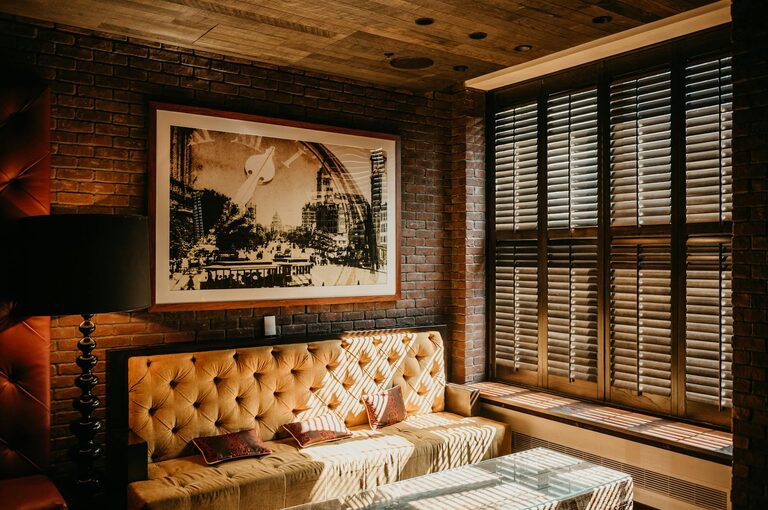
Tips for Choosing Comfortable Home Lighting That Fits Your Space
Creating a cozy and inviting atmosphere in your home starts with the right lighting. Comfortable home lighting not only makes your space look beautiful but also helps you relax and carry out daily activities with ease. With numerous options available, choosing the best lighting can feel overwhelming. This guide will walk you through essential tips to select lighting that enhances comfort and functionality in your home.
Understanding the Importance of Comfortable Lighting
Lighting affects mood, productivity, and overall well-being. Poor lighting can cause eye strain, headaches, and fatigue, while well-chosen lighting brings warmth and clarity to your rooms. Comfortable lighting balances natural and artificial sources, complements your interior design, and adapts to different activities like reading, cooking, or relaxing.
Consider the Purpose of Each Room
Before purchasing lighting fixtures, think about how you use each room. The lighting needs in a kitchen differ greatly from those of a bedroom.
– Living Rooms: Require layered lighting that includes ambient light for general illumination, task lighting for reading or hobbies, and accent lighting to highlight decor.
– Bedrooms: Benefit from soft, warm light to create a relaxing environment.
– Kitchens: Need bright, focused lighting for safety and precision during food preparation.
– Bathrooms: Require clear, shadow-free lighting for grooming and makeup application.
– Home Offices: Need bright, adjustable lighting to reduce eye strain and increase productivity.
Choose the Right Light Bulbs
Selecting the right bulbs is crucial to achieving comfortable lighting.
– Color Temperature: Measured in Kelvin (K), it affects how warm or cool your light feels.
– Warm white (2700–3000K) creates a cozy, inviting atmosphere.
– Neutral white (3500–4100K) is ideal for kitchens and workspaces.
– Cool white (5000K+) mimics daylight and is best for tasks that need attention to detail.
– Brightness: Measured in lumens, brighter bulbs suit larger rooms or places requiring focused work.
– Energy Efficiency: LED bulbs use less energy and last longer, making them an eco-friendly option.
Layer Your Lighting
Layering lighting means combining different types of light to create depth and flexibility.
– Ambient Lighting: The main source that illuminates the entire room, such as ceiling fixtures.
– Task Lighting: Directed light for tasks like reading lamps, under-cabinet kitchen lights, or desk lamps.
– Accent Lighting: Highlights specific objects or architectural features, such as wall sconces or spotlights.
This combination allows you to customize lighting levels to fit your mood or activity.
Use Dimmer Switches for Flexibility
Installing dimmer switches allows you to adjust light intensity according to the time of day or activity. Soft, dim lighting in the evening helps with relaxation, while brighter settings are practical during work or cleaning.
Pay Attention to Fixture Placement
Where you place your fixtures affects the comfort and effectiveness of lighting.
– Avoid positioning lights directly above where you sit to prevent glare.
– Use floor or table lamps beside couches and chairs for reading.
– Consider the height and spread of pendant lights to avoid harsh shadows or blinding light.
Maximize Natural Light
Natural daylight is the most comfortable and pleasant light source. Use window treatments that let in daylight while controlling glare, such as sheer curtains or blinds. Position work areas near windows if possible to take advantage of natural light during the day.
Select Fixtures That Match Your Style and Function
Lighting fixtures are both functional and decorative elements. Choose styles that complement your interior design while serving their purpose effectively.
– Modern and minimalist fixtures offer clean light without overpowering decor.
– Warm-toned fixtures like brass or wood add to cozy atmospheres.
– Adjustable fixtures increase versatility in lighting arrangements.
Avoid Harsh or Flickering Lights
Fluorescent bulbs or poorly installed lighting sources can cause flickering or produce harsh light that feels uncomfortable over time. To avoid this:
– Choose LED bulbs with good quality ratings.
– Test new bulbs before fully committing.
– Ensure correct fixture compatibility.
Consider Smart Lighting Options
Smart lighting systems allow you to control brightness, color temperature, and even colors using your phone or voice commands. They can be programmed for different times of day or activities, providing personalized comfort with minimal effort.
Final Thoughts
Choosing comfortable home lighting is about balancing aesthetics with functionality and your personal preferences. By understanding the purpose of each room, selecting appropriate bulbs, layering your lighting, and controlling light intensity, you can create a welcoming and cozy home atmosphere. Remember also to consider the placement of fixtures and take advantage of natural light. With thoughtful choices, your home lighting can enhance your daily life in simple yet meaningful ways.
